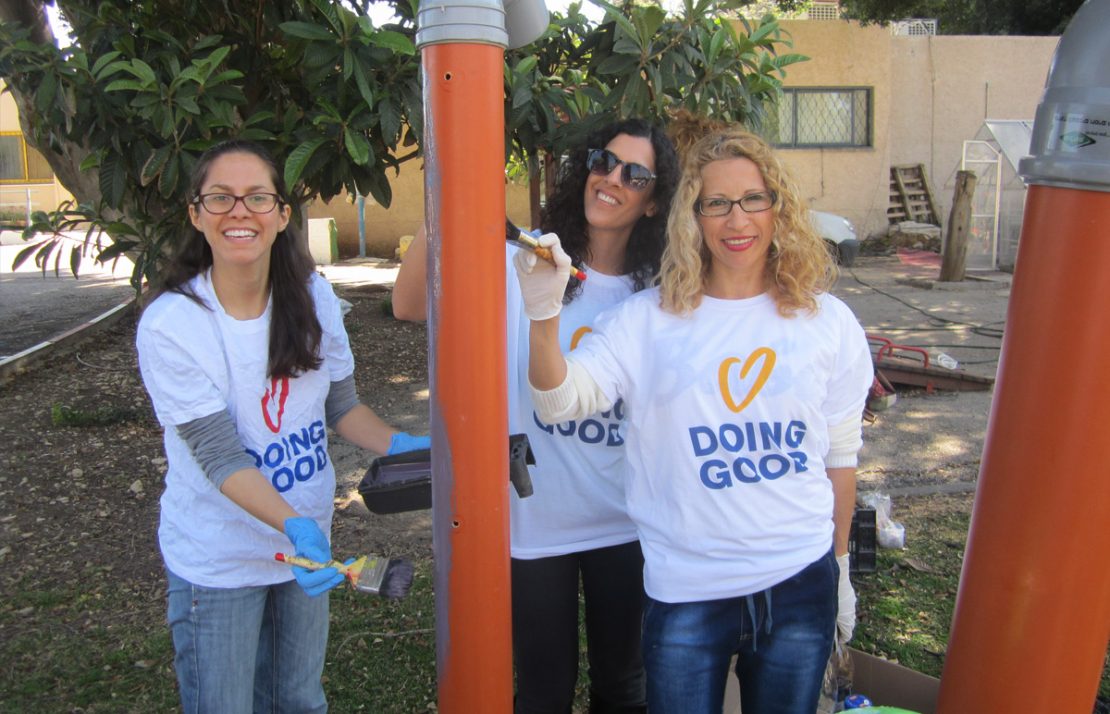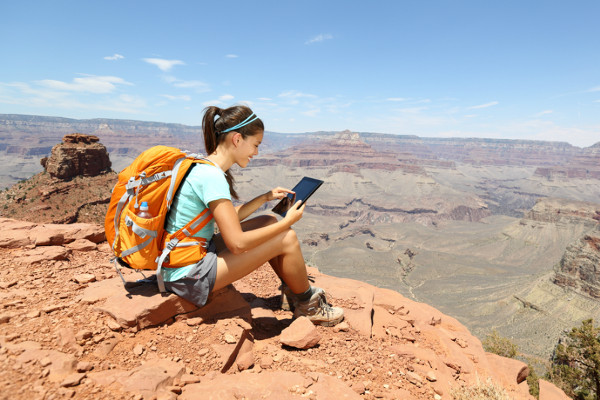
When I think about travel, my very initial thoughts usually tend to go as far as relaxation and excitement. I think of the opportunity to rest from the daily routine, and a chance to set off to unfamiliar destinations while putting everything else on hold. But, if I allow my thoughts to wander off just a little bit farther (and I always do),I eventually find myself making sure that my adventures abroad are somehow connected to the life which I currently live. In other words, I like to think that wherever I may set off to, and whatever I will choose to do, will ultimately affect me or the world in which I live in a positive way. Just thinking about travel in this way makes me feel totally excited to discover what my next journey has in store for me. These thoughts are what initially sparked my interest in the exciting world of impact experiences.
That’s why when I first read that ‘Impact Experience’, the latest travel trend, is finally taking the industry by storm – I had to put my routine morning update into a screeching halt. After you read this, I am sure you’ll be happy you did the same.
What is ‘Impact Experience’, you ask? Think about the exact opposite of the 19th-century traveling style we’ve all grown very accustomed to (with the help of the industry power players) and the ‘classic’ tourist: experiencing the very programmed and touristic aspects of cultures and nature from a distance. Possibly taking steps off the beaten path, but realizing these too have been discovered and altered by travelers before us.
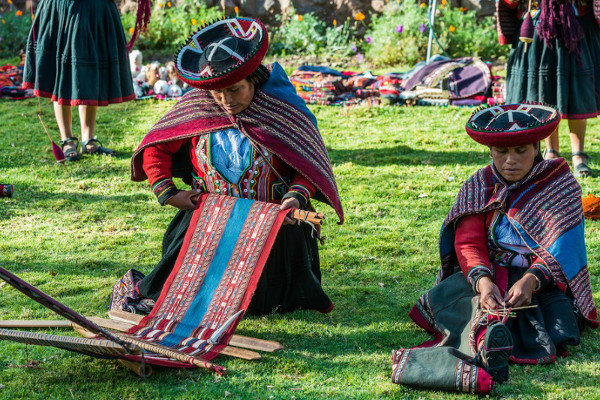
Travelers worldwide are working tirelessly to change the alienated position coupled with travel, and techies like AirBnB or Kind Traveler are helping to welcome this exciting change. Such platforms are facilitating a worldwide community of like-minded individuals interested in a different travel experience. This shift requires us, the travelers, to shift into a position quite unfamiliar and to take into account the ways in which we influence and impact each place we choose to visit. Most importantly, it shines a very bright light on our social responsibility, and on making sure all impact throughout our travels is positive. Gladly, the travel industry’s playing field is rapidly filling up with companies interested in helping us change our travel habits and shift towards a positive- impact-experience-filled world.
This may all sound a bit “in the air”, so let’s walk through some incredible social impact experiences that, without noticing, might even take you out of your comfort zone and far into social and environmental issues you may have never heard about otherwise. Better yet, these will help you discover a whole new way to travel.
A Quick Taste of Impact Experiences
The idea of traveling with a mindset on ‘impact experiences’ is all about entirely immersing yourself in the place you travel to, and completely enveloping within a specific culture or natural setting. Whether the focus is on a community’s needs or green practices – the motivation while traveling is in assisting in creating a positive change in the places you are traveling to.
Ever thought you’d get to bathe an elephant while traveling through Thailand?
The Huffington Post recently published a piece about the Save The Elephant Foundation – an animal sanctuary based in Thailand – which according to the article works for the rehabilitation of abused elephants. These wonderful animals have long been mistreated and exploited to serve as a tourist attraction. As long as travelers continue to fuel this trade, Asian elephants are captured as infants and then starved and beaten as part of the taming process. Anything was done in order to make this extraordinary wildlife fit into its new destiny as the background extra in a tourist’s photograph.
As part of the Impact Experience trend, more travelers visiting Thailand are aware of this terrible practice and are even reaching out and assisting in the rehabilitation process of the Asian elephants. The foundation seeks assistance in many aspects, from bathing the elephants (honestly, isn’t this the animal-lover dream-come-true?) to helping with feedings, or providing care for other rescued animals at the sanctuary.
Ever considered you’d aid women empowerment while traveling through Peru?
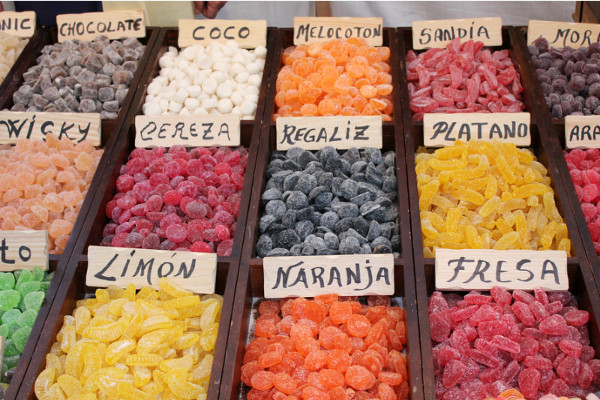
Another great example is Planterra, a Peruvian non-profit the Guardian recently wrote about, that works to create jobs and bolster the economy in rural Peru. Planterra’s approach is innovative in the sense that they created a women’s co-op, which allowed the workers to take on the ancient tradition of weaving – a local, yet long lost, craft.
With the help of skilled travelers and locals that sought to become involved with the local community they were visiting, local women were able to gain experience with trade and to revive weaving as a local and practiced craft. The women from the community used their revived skills to create handmade clothes which, in turn, drew tourist attention and reinvigorated the local economy.
So what is the deal with Impact Experience?
We’ve already gone through the fact that Impact Experiences are different from the ‘classic’ type of travel, but now that you’re familiar with how such experiences can potentially look, let’s delve deeper into the social impact concept as well as the impact experience scene.
Basically, Impact Experiences in the travel world first and foremost means to become mindful of the social impact we have on places we visit, or on the planet in general. This trend is all about changing perspectives – thinking not only of what it is you will take away from a culture or landmark, but rather by leaving something meaningful behind. As our everyday is shifting towards inter-connectivity, our worldwide travels are also shifting and fostering the sense of a global community and shared responsibility for the planet. This can also be viewed as a very positive educational experience since it invites us to look past ourselves, and focus on the social impact our worldwide travels can also leave on others. Colleges and universities will hopefully soon catch onto this positive shift, and start engaging students in such activities as well; different from some that have been made available in the past. Student engagement in such educational practices can truly take part in experiential learning at its finest.
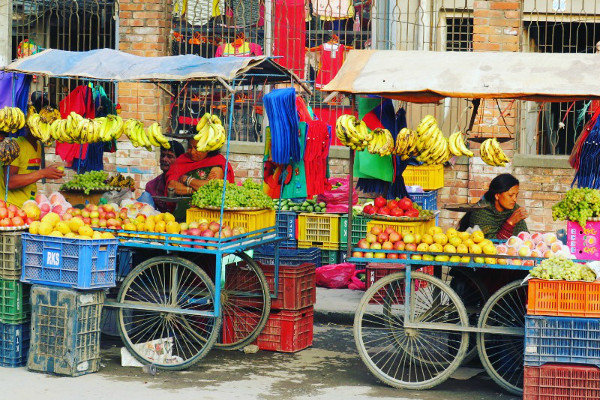
Impact Experiences: The Good, The Bad And The Ugly (well, not that ugly)
Like jellybeans, not all experiences are created equal and choosing plays a BIG part (Cantaloupe Jelly Belly. yuck!). This means that, unfortunately, when choosing an Impact Experience, there can potentially be a wrong way to go.
Unfortunately, in the Impact Experience world, a wrong choice is worse than an ill-flavored jellybean and might translate into activities that disrespect local cultures, exploit wildlife, or disregard natural landmarks. So, whenever we consider to include an Impact Experience in our travels, the initial step is to make sure that it is ethical, humane, and respectful towards local communities and inhabitants.
After that, it is important to try and notice possible negative effects our ‘touristic habits’ might have on the community or region we are visiting.
As travelers, we might be under the impression that choices we make leave the smallest mark, but as the National Parks in the UK recently pointed out – there’s a definite flip side to tourism. Traffic, pollution, price inflation, and an increase in demand for accommodation are just some of the symptoms.
This doesn’t mean we should all quit our traveling dreams (or plans – if you’re lucky!) but rather, choosing a mindful position and seeking where and how we can make a positive impact is the perfect alternative with a wonderful chance to learn something new entirely.

A Breakdown of Positive Impact Experiences
The three key elements for a positive impact are: local, responsible, and green. If you keep these in mind, you’re already a step closer to making a good travel-choice. Here’s why:
1. Local
Through the smallest purchasing decisions you are, in actuality, investing and developing a local economy. Keep in mind that it’s easier said than done – local independent companies, vendors, shops, and sellers have much smaller visibility and presence than global, power-player brands. This means that we need a proactive approach in seeking out the local options. But any effort we make will pay off! Some examples are choosing to tour with local guides, eating at local restaurants, shopping at the local markets, and even trying homestays over hotels. All these will go towards helping to sustain the uniqueness of local communities.
2. Responsible
Educating ourselves before we head out about the culture we will be engaging with will transform the experience. By doing so, we’ll be quicker to catch local norms and habits. Even if there are some differences, locals will recognize the effort and welcome such acts of respect. How else can impact experiences look in this sense? Try and make sure the companies you choose to work with throughout your travels are aware and respectful of the local community.
3. Green
A responsible traveler is a green traveler. Engage in activities that are good for the local ecosystem. Support sustainable initiatives. Care for the environment and avoid littering, polluting, or generally interfering with the natural landscape in a harmful way.
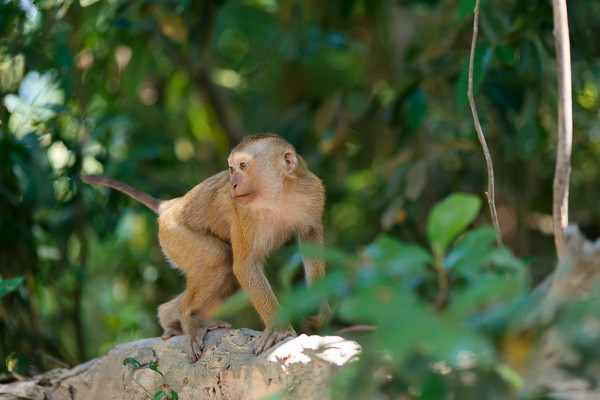
Volunteering abroad is THE ultimate Impact Experience
Along with going local, staying green, and being responsible, volunteering abroad is also a major part of the impact experience trend. Still, even here, there are volunteering practices which unfortunately can cause more harm than good to local communities. Want your volunteering abroad to be in the positive impact experience spirit? The following tips will help.
- Direct Communication
As travelers, it is important to communicate directly to your organization or local nonprofit that you will be working with. By eliminating any ‘third-party’ players, the nonprofit will be able to fully explain their needs and projects, and you (the volunteer) will be able to decide if this can be a successful match! Direct communication is a great practice directly benefiting your organization, and yourself personally.
- Research and Preparedness
Researching the trip, preparing for living within the specific culture, and interacting with the local people are all important for a successful volunteer trip. Preparing ourselves to this experience can include learning basic phrases in the local language and becoming familiarized with the customs, currency, weather, and transportation of the region.
- Learning Community Needs vs. Traveler’s Skills
You might be surprised but this is actually a crucial aspect in ensuring your impact experiences if fulfilled at its best. Matching between the community’s needs and the traveler’s skills will simply mean that both will gain from the encounter. As we apply our expertise, skills, and ideas in a way that matches the needs of the specific community we are entering, we will be ensuring all solutions we offer are the most sustainable and required. What’s better than that?
- Understanding the difference between the effects of tourism
Awareness is the key to your positive impact. From that, try and figure out if anyone in the local community is being exploited for touristic benefits and avoid participating in any such activity. For example, if you like working with children you might come across offers to volunteer in orphanages, but such activities are extremely problematic and complex in the volunteering community. Check out different projects that will make a definite positive impact like an educational program.
- Local Involvement and Community Reach
Working with locals on activities that directly benefit them and their community helps foster connections and understanding between disparate people.
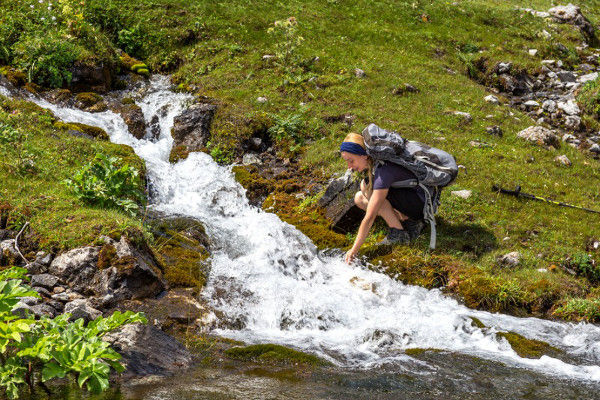
Volunteer with Local Nonprofits and Travel for Change
A nonprofit organization sets out to do good and to facilitate change – either socially or environmentally.
Many nonprofit organizations provide opportunities for travelers looking to volunteer and help them materialize their motivation for change. As travelers we can sometimes forget we have the world at our fingertips, as a social and economic power. If we are looking for volunteer opportunities abroad, we can choose these impact experiences that include anything from social, eco, or animal volunteering.
- Social Volunteering
Working with people is a profound way to make a difference. Social volunteering can include things like teaching certain needed skills, donating and delivering needed supplies to schools or hospitals, or cooking and serving meals to the homeless.
2. Eco-Volunteering
Volunteering to help the environment is always a worthy cause. Travelers and locals might help tend community gardens, plant trees, raise awareness about environmental issues, or document plant or animal species through a strategic plan to determine what measures should be taken (or if measures already in place are failing or succeeding).
3. Volunteering with Animals
Volunteering with animals in exotic locations can be one of the most rewarding experiences a traveler will ever have. There are wildlife sanctuaries the world over where animals in need can find a home and respite after their own habitat has been destroyed, or when they are injured by humans. Travelers can help care for these animals, restore their habitats, and more.
Longer is Better? Short-Term vs. Long-Term Volunteering
Another element in choosing a volunteering experience is length. You can decide between a short-term or a long-term experience, but have no fear! It’s not a hard choice to make, it only depends upon what you are looking to accomplish through the experience.
The time-frame also influences the nature and kind of projects one should choose. For instance, working with children is an activity much more suitable for a long-term commitment. As travelers, we should be aware and responsible for those we work with and avoid causing any emotional distress – which could be caused by creating an emotional dependency with children and moving on too soon.
What Short-Term Volunteering is About
Volunteering for a short term is a great way for any traveler to quickly receive a chance to learn about a foreign culture and region without a big-time commitment. Those who have obligations and cannot make their travels long-term or even want to test it out can consider volunteering for a short period.
Do you have a specific skill you can pass on? A condensed Train-the-Trainer course in something you are passionate about? The ability to get massive work done in little time? All of these can constitute a very worthwhile and successful short-term volunteering experience. Make sure the organization understands your time constraints and that the project you offer has a real need in the community.
What Long-Term Volunteering is About
Long term volunteering is an incredible opportunity through which you can completely immerse yourself in another culture and cause. You will be granted a pass like no other to a culture, an issue, and a possible solution. Your connections will be lasting with both fellow volunteers and local residents.
If you are a person with a passion for a specific issue in a particular place then long-term volunteering is for you. Experience commitment and have an opportunity so see your project through.
When it comes down to it, the traveler, tourist, and the volunteer – we are very much the same. We are all looking to see things, experience and make a change – whether to ourselves or to the world. Or both. Impact experiences enable us to transform a somewhat archaic experience of travel and adapt it to what we know and have learned about the world – that we want others to respect us, and that respecting others can bring us to unexpected places.
I’m not saying that it’s easy because choosing to be proactive isn’t necessarily enough. We need to look deeper and think harder. Finding a responsible volunteering opportunity through GivingWay can be one of the many choices you can make. But before that, you can start with what you dream. So, now that you’ve read all about Impact Experiences, don’t you wish you’d hop on the next plane/bus/train/bicycle/study abroad trip, and on the way – start getting out there and doing some good?
This article was originally published on Givingway and appears here with permission.
Ready to make a difference? Registration for Good Deeds Day is now open! Let us know what you’ll be doing to make the world a better place on April 15, 2018.



